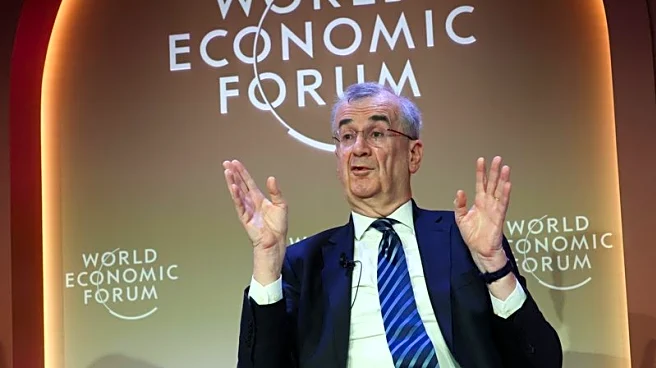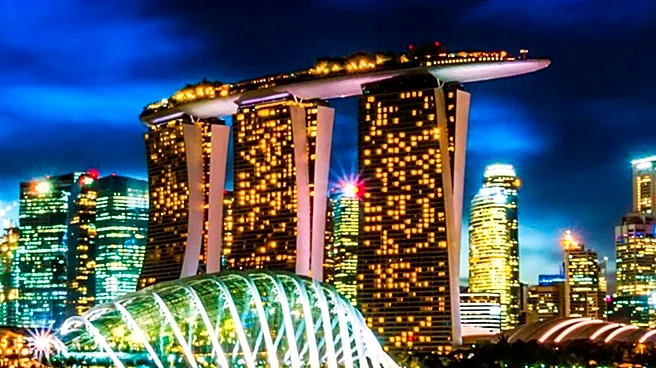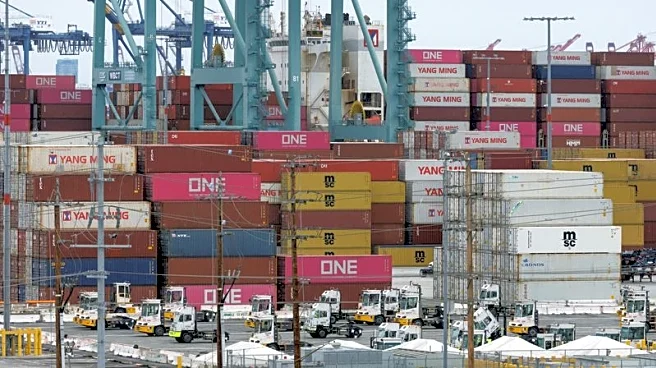What's Happening?
The Singapore Grand Prix, a major event in the Formula One calendar, is significantly boosting tourism not only in Singapore but across the Asia-Pacific region. According to data from marketing platform Sojern, a substantial number of international visitors are extending their trips to include other destinations in Asia. For instance, a quarter of American and Canadian visitors are adding trips to Japan, while nearly a third of Australians are visiting Indonesia, particularly Bali. The event has become a catalyst for regional tourism, with travelers also visiting China, South Korea, India, the Maldives, and Fiji. This trend is supported by travel websites bundling trips to Singapore's night race with other popular island destinations in Southeast Asia. The economic impact is notable, as visitors spend on experiences such as meet-and-greets with drivers and behind-the-scenes tours, enhancing the region's tourism revenue.
Why It's Important?
The Singapore Grand Prix's influence on regional tourism highlights a shift in consumer behavior, where experiences are prioritized over physical goods. This trend benefits the broader Asia-Pacific economy by distributing tourism revenue across multiple countries. The influx of tourists not only boosts local economies but also promotes cultural exchange and international relations. For the U.S., this trend indicates a growing interest in Asia-Pacific destinations, potentially influencing future travel patterns and economic ties. Businesses in the hospitality and travel sectors stand to gain significantly from this increased demand, as they cater to a more experience-driven clientele.
What's Next?
As the Singapore Grand Prix continues to attract global attention, it is likely that more travel packages will be developed to capitalize on this trend. Countries in the Asia-Pacific region may enhance their tourism infrastructure and marketing strategies to attract these visitors. Additionally, the success of the Singapore Grand Prix as a tourism driver could inspire other major events to adopt similar strategies, further integrating regional tourism markets. Stakeholders, including governments and businesses, may collaborate to create seamless travel experiences, encouraging longer stays and more diverse itineraries.
Beyond the Headlines
The broader implications of this trend include potential shifts in global tourism dynamics, with Asia-Pacific becoming a more prominent destination for international travelers. This could lead to increased investment in tourism infrastructure and services in the region. Moreover, the emphasis on experiences over goods may influence other industries, prompting a reevaluation of consumer engagement strategies. The cultural and economic exchanges facilitated by such events could also foster greater regional cooperation and understanding.












